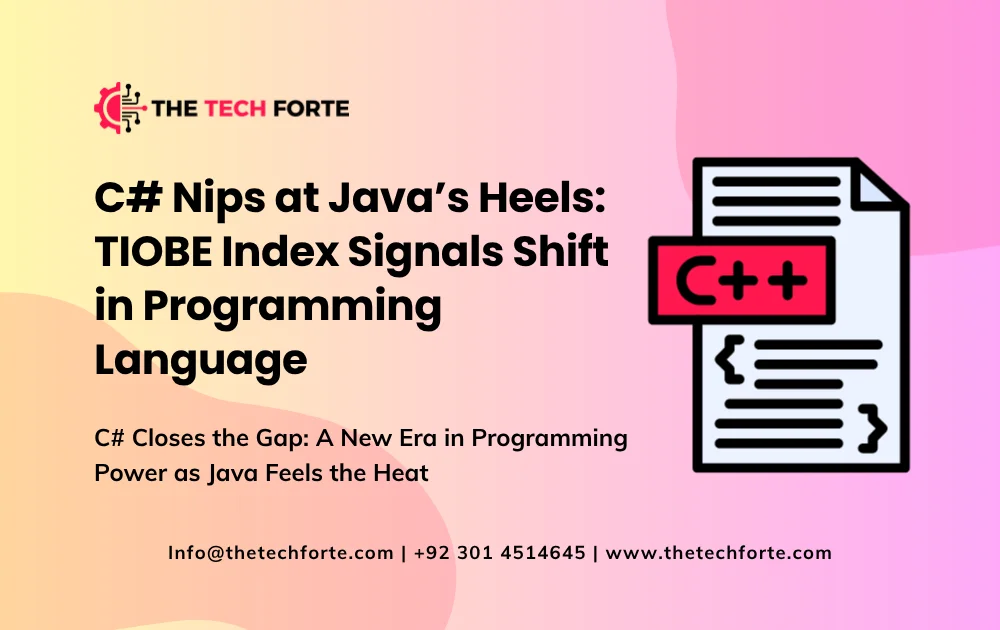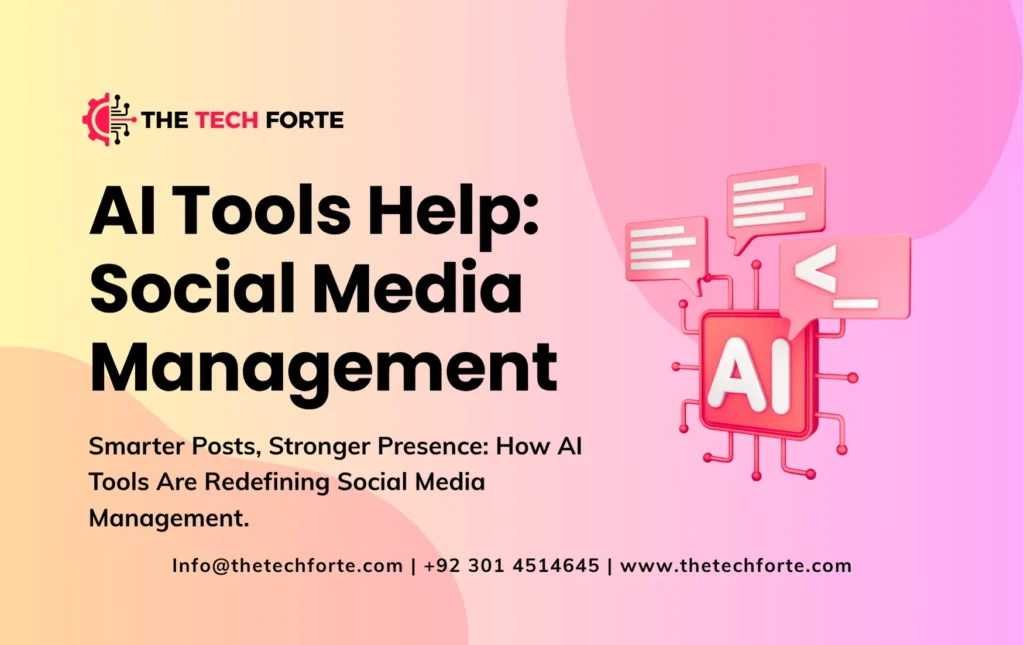November 2025 Tech Stock Slide: Why AI-Heavy Firms Got Hit During the Market Dip

In early November 2025, Tech Stock Slide jolted equity markets around the world. From Wall Street to Asia and Europe, technology stocks, especially those deeply exposed to artificial intelligence (AI), underwent sharp pull-backs. Major indexes like the S&P 500 and Nasdaq Composite registered their worst sessions in weeks, and names such as Nvidia Corporation (NVDA), Palantir Technologies (PLTR) and others bore the brunt of investor concern.
What began as a risk-off reaction to lofty valuations quickly morphed into broader questions about growth prospects, interest-rate trajectories and the realisation of AI’s promise. In this article, we unpack how the slide unfolded, the multi-factor causes, which firms were most vulnerable, and what this means for investors, companies and the broader tech ecosystem going into 2026.
Recommended Read: Australian Tech Mid-Market Deals Up 6% in 2025: What Investors Are Targeting Now
The Tech Stock Slide in Context: What Happened in November
Key Market Moves
- On 4 November 2025, U.S. equities dropped sharply: the S&P fell by ~1.2 %, the Dow by 0.5 % and the Nasdaq by ~2 % as AI and tech companies led the decline.
- By 5 November, global markets followed: Asia’s tech-heavy indices (Japan’s Nikkei, South Korea’s Kospi) slid over 4 -6 % in some cases, while Europe’s Stoxx 600 lost about 0.9 %.
- In the U.S., firms like Nvidia dropped ~3.6 % in one session; Palantir dropped ~8 % despite strong results.
- Across the week, reports suggest over US$700 billion of value was removed from the combined market cap of top AI-exposed firms.
Headlines & Sentiment
Investor commentary shifted rapidly. Major bank CEOs (e.g., Goldman Sachs, Morgan Stanley) warned of a possible correction of 10-20 % triggered by overvaluation in AI-heavy stocks. Analysts and media began asking whether the AI-driven rally had run too far without sufficient returns.
Why AI-Heavy Firms Were Vulnerable: Underlying Causes
Valuation Stretch & “Bubble” Concern
- The crux: many AI-exposed stocks had soared on future promise rather than current earnings. A paper (“Anchoring AI Capabilities in Market Valuations”) notes that many firms’ valuations were detached from realised outcomes.
- With AI hype in full swing, expected trillion-dollar infrastructure builds, model rollout, and data centre expansions, the risk of misalignment increased significantly. Investors started questioning whether the growth would actually deliver in the near term.
- Senior banking executives highlighted parallels with the dot-com boom, warning that inflated valuations need corrections.
Macroeconomic & Interest-Rate Pressures
- Tech and growth stocks are inherently sensitive to discount-rate assumptions (i.e., future earnings). With signals emerging that the Federal Reserve might not cut rates as quickly as hoped, the valuation mathematics shifted unfavourably.
- Rising yields (10-year U.S. Treasury) put further pressure on equities. Risk appetite waned, and growth assets (especially with long-dated payoffs) were de-rated.
ROI & Delivery Risks in AI
- Despite massive investment in AI infrastructure, returns remain uneven. A growing body of research indicates that while many firms are building AI capabilities, few have converted those into material earnings.
- Firms that had announced large upcoming commitments (chip fabs, data centres, models) were perceived to carry high execution risk or capital intensity without immediate payoff. Investors are growing more cautious.
Sector & Market Concentration
- A handful of “AI-magnificent” stocks (often labelled the “Magnificent Seven”) comprised a large share of market gains; when cracks appeared, the impact was magnified.
- When sentiment shifted, flows exited sectors fast, especially those perceived as speculative or where fundamentals were less clear. FX of risk assets, including crypto, also tightened.
Global Spill-over & Emerging Markets Pressure
- Asia, particularly semiconductors and chip firms (e.g., South Korea’s SK Hynix, Japan’s Adventest), saw sharp losses as the correction broadened. This global dimension amplified risk optics.
- Foreign investor selling flows added to pressure in U.S. and global markets, especially where tech valuations were highest.
Which Firms Got Hit the Hardest – and Which Held Up?
Vulnerable Names
- Nvidia (NVDA): A poster-child of the AI boom, dropped ~3-4 % in key sessions; its exposure to AI infrastructure made it especially sensitive.
- Palantir (PLTR): Despite solid earnings and guidance, shares plunged ~8 % investors knocked the valuation.
- Others: Tesla, Apple, Amazon, and Microsoft all saw losses ranging from 2-4 % as sector sentiment soured.
Companies with Defensive Traits
- Firms with strong cash flows, diversified businesses, or less reliance on future AI cash flows fared better. For instance, some legacy hardware or DX-services firms with modest AI exposure held up relatively better.
- Some tech stocks rebounded quickly once the immediate sell-off passed; investor focus shifted to earnings outcomes and guidance.
Broader Sector Impact
- Semiconductors, especially suppliers to AI infrastructure, got marked down sharply (Adventest in Japan down ~11 %).
- Crypto markets also felt the sting as Bitcoin fell below $100,000 following the broader risk-off move.
What Investors & Companies Should Learn: Key Lessons
For Investors
- Check the “AI promise vs delivery” gap. Firms promising large future payoffs need scrutinising: what evidence of revenue, margin lift, and model deployment exists? (See CRR model)
- Focus on near-term cash flows and earnings quality, not hype alone.
- Manage concentration risk. Over-exposure to a handful of AI stocks increases vulnerability to sentiment reversals.
- Be aware of macro-risk cross-linkages. Growth-oriented tech stocks are sensitive to interest-rate moves, bond yields and global liquidity conditions.
- Monitor execution risk. Infrastructure bets (chips, data centres) are long-term; near-term, investors may demand proof of scaling, not just announcements.
For Companies (AI-Heavy Firms)
- Earn your valuation. It’s no longer enough to announce future ambitions; investors want credible traction, monetisation and execution.
- Communicate realistically. Over-hyped guidance can backfire if market perception shifts. Balanced messaging wins trust.
- Diversify risk. If your business is highly exposed to one narrative (e.g., AI-infrastructure), consider diversifying use-cases or business lines to hedge sentiment risk.
- Stay agile. Market regimes shift; even in bullish categories like AI, investor patience is finite.
- Financial discipline matters. High capital intensity (data centres, chips) demands strong balance-sheets; companies should plan for downturns, not just perpetual growth.
What This Means for the Broader Tech Ecosystem & Markets
A Reality Check for the AI Boom
This correction is less about the death of AI and more about a valuation reset. The market appears to be recalibrating: hype alone isn’t enough. The period ahead will favour companies that deliver real-world results.
Implications for Venture & Infrastructure Funding
With public AI stocks under pressure, private markets and debt providers may tighten standards. Projects that rely on perpetual high-growth assumptions may find capital more expensive or harder to access.
Signals on Regulatory & Policy Risk
When valuations become extreme in one segment (AI infrastructures, chips), policy risk becomes more acute. Governments may intervene (tax/incentives/regulation), which could amplify corrections.
Impact on Global Market Sentiment
Because tech stocks are deeply embedded across portfolios, corrections in one part of the market can ripple widely. The global nature of the recent sell-off (Asia/Europe also down) underscores how tech sentiment drives global risk appetite.
Looking Ahead: What to Watch in the Coming Months
Earnings & Guidance from AI Leaders
Upcoming earnings (for example, Nvidia, AMD, etc.) will be critical. Markets will focus not just on revenue growth but on margin trends, model deployment, utilisation, and capital expenditure discipline.
Interest Rate Outlook & Monetary Policy
With the Fed signalling possible hesitancy on rate cuts, any hawkish surprise could further weigh on growth stocks. Yields remain a watch point for tech valuations.
Infrastructure Roll-Out vs Monetisation
Big companies have announced AI infrastructure builds (chips, data-centres). The market will test whether usage and monetisation follow quickly enough to justify the build. The execution risk is high.
Sentiment & Flow-Based Risks
Large funds and passive investors track index weightings heavily weighted toward tech. If sentiment shifts further, flow-driven declines may exacerbate the slide. Monitoring ETF/ETN flows may provide clues.
Adjacent Asset Risk (Crypto, Emerging Tech)
The link between AI-hyped stocks and other risk assets (crypto, speculative tech) means that broader risk-off moves could impact multiple asset classes concurrently with tech stock weakness.
Conclusion: A Course Correction, Not the End of the AI Era
The November 2025 tech-stock slide is a reminder of how growth narratives can outpace the pace of delivery. AI-heavy firms were exposed because the combination of valuation stretch, macro uncertainty and global risk sentiment converged at once.
However, this is not a signal that AI is over; it’s a reset. The companies and investors that adapt will likely benefit in the years ahead. Investors will emphasise proof over promise, companies will need sharper focus and execution, and markets will be more discerning about the difference between hype and lasting value.
For today’s investor, the message is clear: remain engaged in the AI story but sceptical, diversified and vigilant. The winners will be those who can deliver on the bold visions rather than simply broadcast them.












































































































































































































































